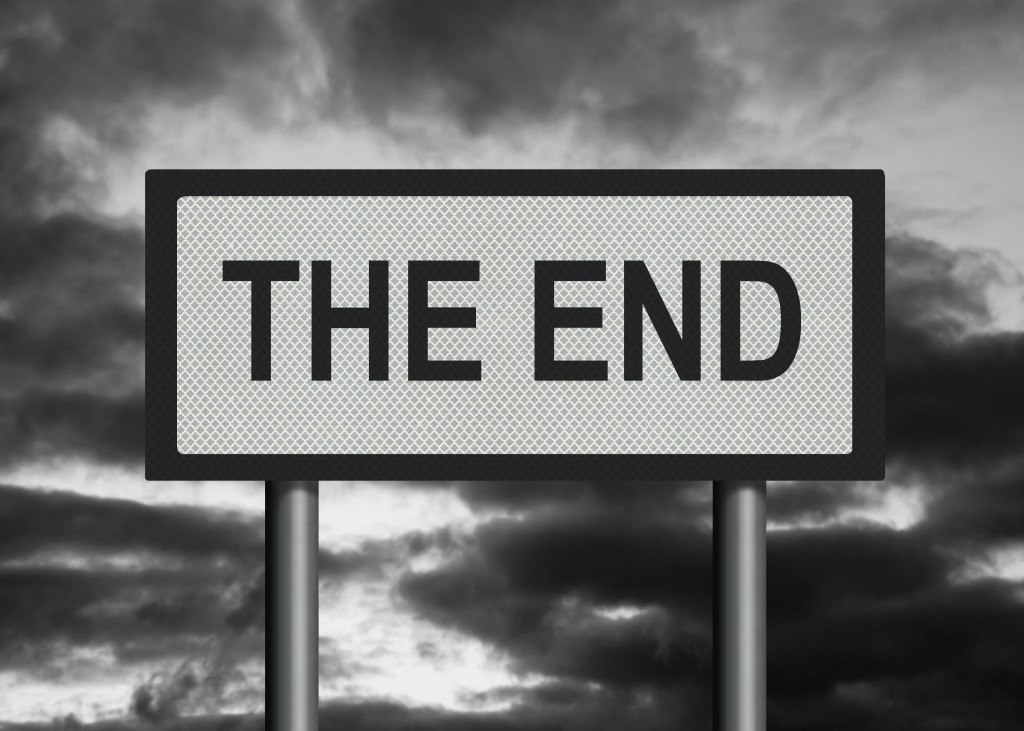When it comes to disasters, prevention is of course better than recovery. But the real world is not paradise and catastrophes will occur. That inevitability means that how companies are able to respond and bounce back might be the most important aspect of disaster management.
Nobody’s perfect — but everyone can be resilient.
But what does that mean? What is resiliency?
Michael Collins of Argonne National Laboratory is helping define it for communities across the United States. And today at the World Conference on Disaster Management in Toronto, he discussed how, along with the Department of Homeland Security (DHS), his agency has been tasked with sending officials throughout the nation to assess how each area stacks up. Ultimately, the goal is to compile an objective, quantitative, comprehensive database so that the government — federal, state and local — has a baseline against which municipalities can be compered. It is an in-depth, long-term project that will greatly aid both DHS and FEMA in determining how communities can become more resistant to disasters.
So far, the “resiliency index” they are developing remains in its infancy. We will bring you more on it in the near future as I flesh out more of the details and get the opportunity to speak with Collins directly.
But as they continue to push things forward, let’s first look at a few of the definitions that Collins shared today in his presentation on what resiliency really means.
“Our goal is to ensure a more resilient nation. One in which individuals, communities and our economy can adapt to changing conditions as well as withstand and rapidly recover from disruption due to emergencies.” – Barak Obama
—
“The capability to anticipate risk, limit impact and bounce back rapidly through survival, adaptability evolution and growth in the face of turbulent change” – Community & Regional Resilience Institute
—
“The ability of individuals and communities to deal with a state of continuous, long term stress; the ability to find unknown inner strengths and resources in order to cope effectively; the measure of adaptation and flexibility” – Michael Ganor
—
“The ability of community members to take meaningful deliberate collective action to remedy the impact of a problem.” – Building Resilience to Mass Trauma Events
—
“A sustainable network of physical systems and human communities, capable of managing extreme events, during disasters, both must be able to function under extreme stress.” – David R. Godschalk




